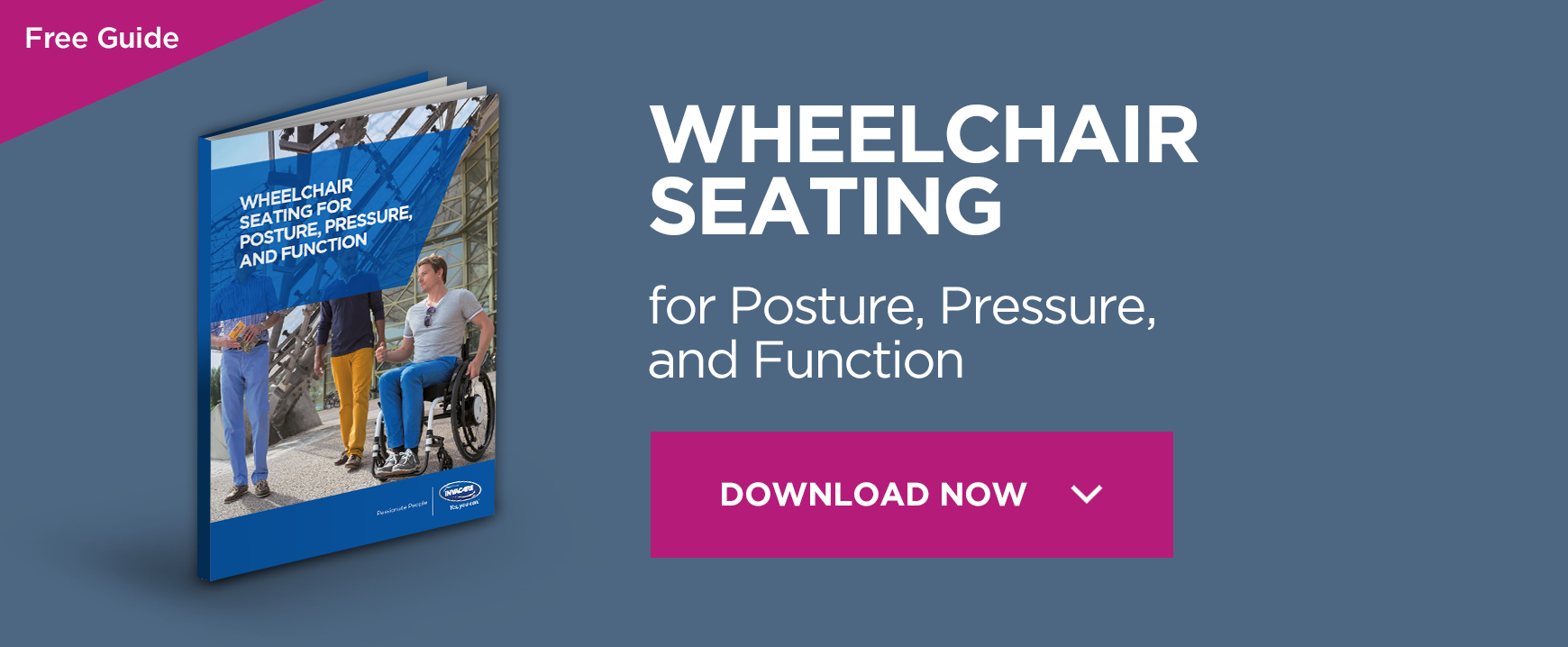Wheelchair accessibility as a prerequisite for inclusion

I’ve been a wheelchair user for my entire 34 years of life thus far, and (as I’m sure most folk with some form of disability can attest to) I’ve had to talk about my fair share of problems faced in my day-to-day life. Often these discussions center on the topic of accessibility, with questions raised such as: what is deemed wheelchair accessible and what isn’t? And is there truly such a thing as being ‘fully accessible’?
Whether you’re a disability activist or not, you’re bound to have had discussions with people about what your daily challenges look like, and how life can be a struggle when trying to navigate an inaccessible world.
In this blog post I aim to focus primarily on the term ‘wheelchair accessible’ and how it is intrinsically linked with inclusion – highlighting some of the problems faced, and hopefully by the end, offering up some helpful solutions.
What is the definition of inclusion?
Before we go any further we first should define what the term ‘inclusion’ actually means. Luckily for us, there are lots of definitions online and in books, which broadly define inclusion as being: the action or state of including, or of being included, within a group or structure. From an accessibility view point, it means enabling either an individual or a group of people to feel included in whatever it is they wish to participate in, regardless of any access needs they may have.
For an individual to be included in any event, outing, or organization, the environment needs to be free from barriers in order to be deemed inclusive. It’s all well and good being able to participate in events virtually from your own home – but being able to join in, in person, is a crucial component of what makes a person’s life as inclusive as any others. To give an example, if a wheelchair user wanted to visit a restaurant with a group of friends, and the chosen restaurant had four steps at the entrance (and no alternative way of gaining entry) then this would not be a wheelchair accessible venue and therefore the event in question could not be considered an inclusive one.
The problem surrounding inclusion
We all face issues from time to time which prevent us from participating in a particular event or outing – be it illness, travel disruptions, or the failure to find a babysitter in time – but there’s one instance which trumps all, at least from a disabled person’s perspective, and that’s being unable to attend due to lack of accessibility.
But the thing is, being unwell, getting caught up in a traffic jam, or having to find alternative child-care arrangements are all temporary problems, whereas for the most part; being disabled and relying on finding a decent standard of accessibility everywhere you go in life, tends to be a more long-term thing. The longer our environments lack inclusivity, the longer the problem persists and the more activities disabled people face missing out on.
Is there a solution?
There are a number of solutions which we can examine, and most can be solved with your own direct involvement. I’ll attempt to explain below.
The main issue stems from infrastructure, with buildings and environments lacking positive accessibility for all and therefore not being appropriately inclusive. I find that one of the best ways to counteract this lack of access is to speak up and speak out. Becoming a disability activist is a great way to spread the message of inclusivity and on matters such as wheelchair access. Sometimes people are ignorant – through no fault of their own – to the barriers faced by disabled people on a daily basis, so through the power of words – be it online or in person – you can really make a huge difference.
Arm yourself with as much information as you can find. Join accessibility related groups online and share information and resources with other like minded individuals. Keep a record of accessible places to visit in your local area, and don’t be afraid to ask questions before visiting somewhere new. It would also be a great idea (if you haven’t already) to discuss your access concerns with friends and family – help them understand that when planning things, they need to take inclusiveness into consideration; otherwise you may be unable to join them.
Occasionally matters such as a lack of wheelchair access can actually be remedied by looking at the equipment you yourself are using. Of course, the burden of making our environments more inclusive shouldn’t fall solely on us alone – but there are instances where choosing a wheelchair which is better suited to your needs can vastly improve your own personal accessibility outlook. It may be that a powered wheelchair, for example, unlocks a whole new world of potential for you as a disabled person.
Finally, keep in mind that one solution doesn’t exclude the other. Do try to choose the perfect wheelchair, but at the same time, don’t forget to keep speaking out when it comes to wheelchair accessibility.







